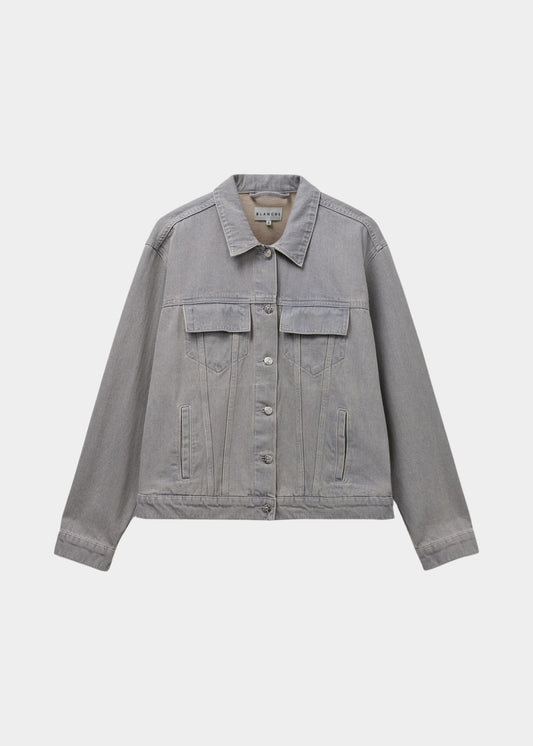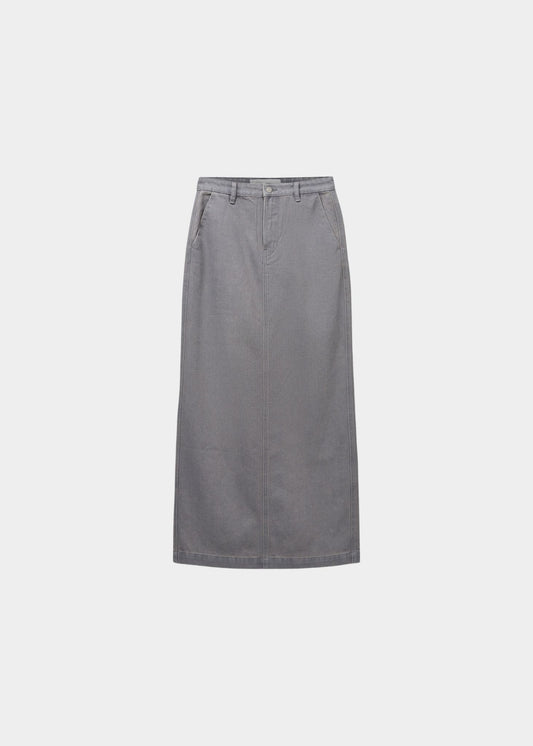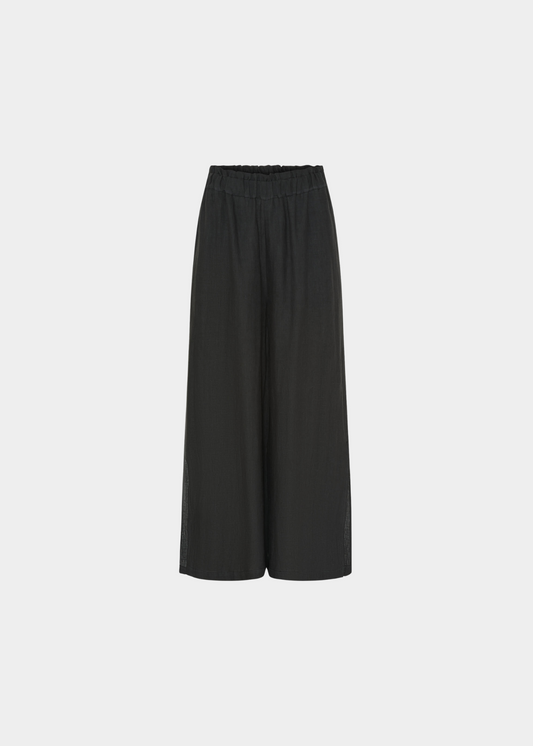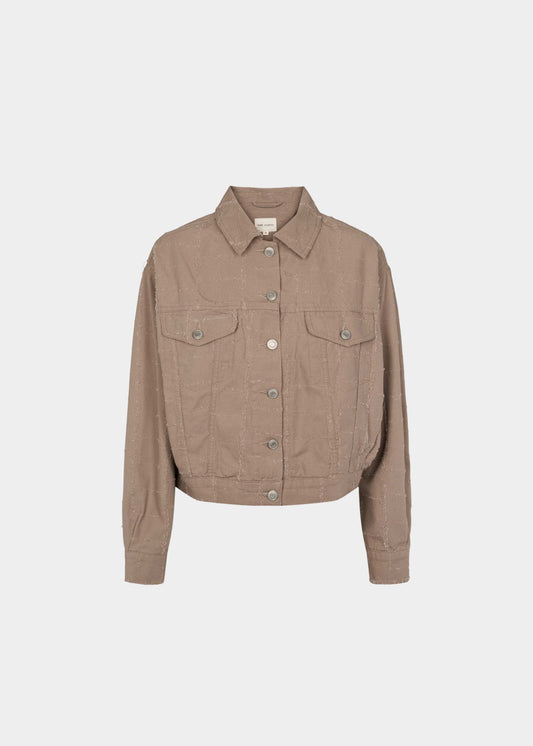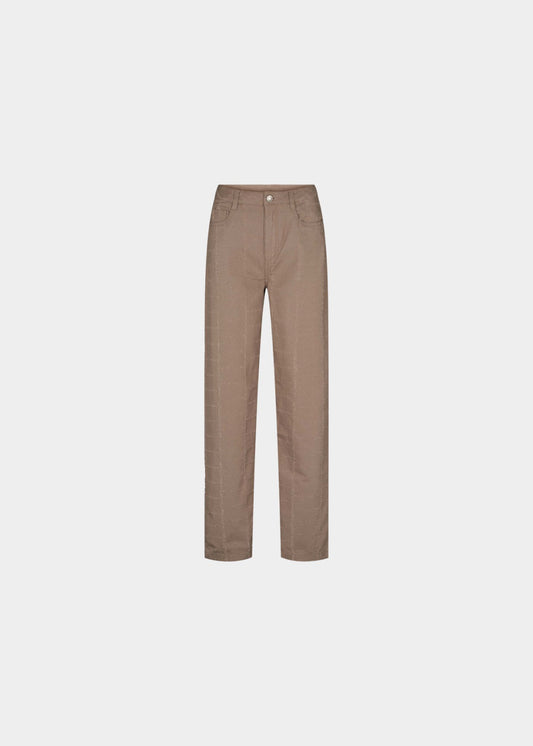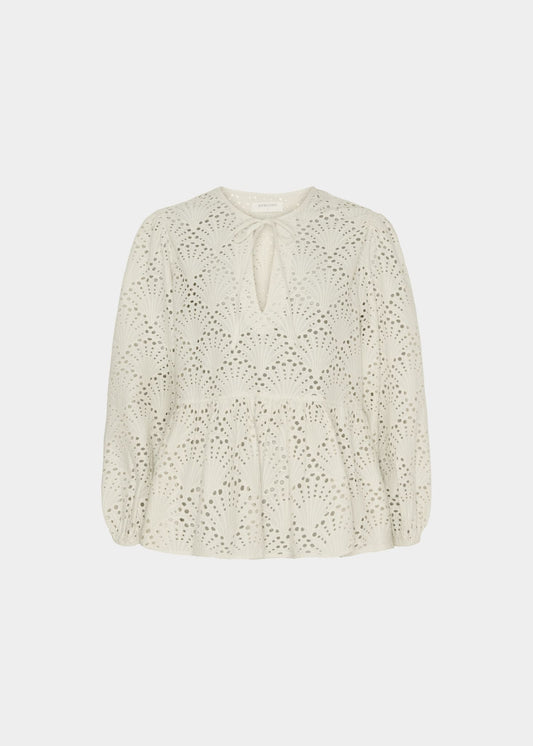Why using one fiber at a time might be one of fashion’s smartest steps forward.
As fashion continues to grapple with its environmental footprint, one key solution is gaining traction: mono materials. Simply put, a mono material garment is made entirely from one type of fiber—whether it’s 100% organic cotton, 100% recycled polyester, or 100% TENCEL™ lyocell.
This may sound like a small detail, but in a world dominated by fiber blends (like cotton-poly or nylon-elastane), mono materials are a big deal. They make clothing easier to recycle, reduce chemical complexity, and unlock new opportunities for circular design. In this article, we explore what mono materials are, why they matter, and how they’re shaping a more responsible future for fashion.
WHY MONO MATERIALS MAKE RECYCLING POSSIBLE
Blended textiles have long been the industry norm. From stretch denim (cotton-elastane) to cozy knitwear (wool-polyamide blends), mixing fibers enhances performance and feel. But this blending comes at a cost: it makes recycling harder.
That’s because mechanical recycling—shredding a garment into fiber for reuse—requires fiber purity. When fibers are chemically different, they can’t be processed together. Even small percentages (like 2% elastane in cotton) make it difficult to separate and reuse the fibers efficiently. This means most blended garments end up in landfill or incineration.
Mono materials, on the other hand, are built for circularity. Whether it’s a 100% cotton T-shirt or a 100% recycled polyester jacket, mono garments can be sorted and recycled into new textiles much more easily. This helps close the loop and reduce dependence on virgin resources.
Only about 1% of clothing is currently recycled into new clothing (Ellen MacArthur Foundation)—and mono materials are essential to increasing that number.
LOWER CHEMICAL COMPLEXITY, CLEANER WATER
Aside from enabling better recycling, mono materials also contribute to cleaner production.
In dyeing and finishing, different fibers require different chemicals. A cotton-polyester blend, for example, needs two separate dyeing processes—each with its own chemical formulation and water use. That increases the environmental impact significantly.
Mono material garments simplify this process. With only one fiber to dye and treat, fewer chemicals are needed and less wastewater is produced. This also makes it easier for factories to manage chemical inputs responsibly and comply with certifications like OEKO-TEX® and GOTS (Global Organic Textile Standard).
Choosing mono materials doesn’t just make garments easier to recycle—it makes them cleaner to produce from the start.
FROM DESIGN TO END-OF-LIFE: A SIMPLER, SMARTER SYSTEM
Designing with mono materials allows brands to rethink the entire life cycle of a garment—from how it's made to how it’s disposed of. Here’s what it unlocks:
- Simpler garment construction: When trims, threads, linings, and zippers are made from the same material as the main fabric (e.g., polyester zippers on polyester jackets), the entire piece can be recycled together.
- Smarter sorting: Mono garments are easier to identify and categorize by recycling facilities.
While mono materials offer huge potential, they’re not a silver bullet. Some challenges still remain:
- Performance trade-offs: Elastane, for example, is hard to replace when it comes to stretch. A 100% cotton garment may not offer the same comfort or fit in activewear or underwear.
- Consumer habits: Many consumers don’t yet consider recyclability when buying clothes. Raising awareness is key.
- Infrastructure gaps: Even mono garments require proper take-back systems and recycling infrastructure—which vary widely by region.
But progress is happening. Brands across Europe are shifting to mono-material collections, and upcoming EU textile regulations are pushing for more circular design. As take-back systems and chemical recycling technologies scale, mono materials will play a central role.
Mono materials are not limited to natural fibers. Innovations are emerging across both plant-based and synthetic categories:
- 100% organic cotton remains a leader for its softness, renewability, and recyclability—especially when GOTS certified.
- 100% TENCEL™ lyocell is biodegradable, made in a closed-loop process, and performs well in both casual and elevated designs.
- 100% recycled polyester (rPET) garments, especially those certified under GRS, are increasingly common in outerwear and sportswear.
SOURCES & FURTHER READING
- Ellen MacArthur Foundation: The Jeans Redesign
- Textile Network: Manufacturers turn to mono-material fabrics
- Washington Post: These recycling techniques could help keep clothes out of landfills
- Xplor Mono Range: xplor.dk
- AFOREAFTER: Material Transparency
- Infinited Fiber Company: infinitedfiber.com
- TENCEL™ Lyocell: tencel.com







